The Sigma FP stands for Fortissimo Pianissimo (“very loud, very soft” in musical dynamics). It is a name that symbolises two of the most interesting characteristics of the new camera: its small size and powerful performance (for video especially).
There is no other camera like the FP on the full frame mirrorless market, and its video capabilities place it closer to products such as the BlackMagic Pocket Cinema Camera 4K.
So rather than putting together a comparison preview with a single product, we thought we would list the most interesting characteristics of the FP and explain how it resembles other mirrorless products and in what ways it stands out.
Ethics statement: The following is based on our personal experience with various mirrorless cameras and official information released by Sigma about the FP. We were not asked to write anything about these products, nor were we provided with any sort of compensation. Within the article, there are affiliate links. If you buy something after clicking the link, we will receive a small commission. To know more about our ethics, you can visit our full disclosure page. Thank you!
1. Size
The Sigma FP is the smallest full frame camera with interchangeable lenses. It doesn’t weight very much either at just 422g with battery and memory card inserted. Below you can see how it compares to full frame mirrorless models such as the Sony A7 III, Canon EOS R and Panasonic S1.
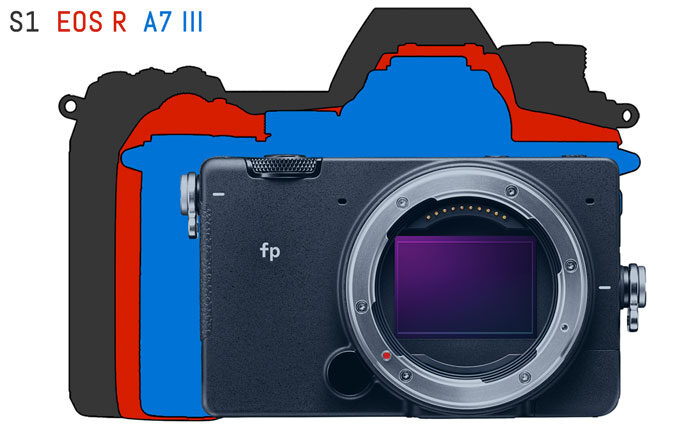
A7 III: 126.9 x 95.6 x 73.7mm, 650g
EOS R: 135.8 x 98.3 x 84.4mm, 660g
S1: 148.9 x 110 x 96.7mm, 1,020g
The camera is much more compact than the Blackmagic Pocket Cinema Camera 4K, as you can see below.
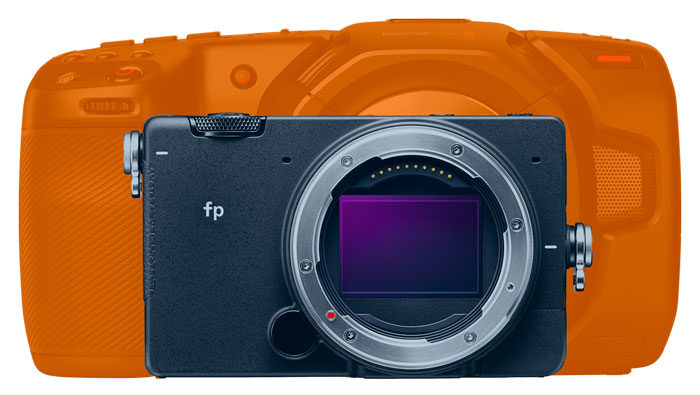
BMPCC 4K: 178.1x96x85.5mm, 722g
The FP is dust and splash proof like most of its mirrorless competitors. This particular feature gives it an advantage over the BMPCC 4K.
Whereas most full frame cameras have a magnesium alloy skeleton, the FP uses die-cast aluminium on the front and rear.
The small size would suggest issues with heat dissipation (especially considering its impressive video features that we will discuss later on), but Sigma has designed a magnesium heat sink between the LCD and the body, a solution inspired by professional cinema cameras. Of course only real world tests will be able to tell us how effective this design is on the small Sigma camera.
Despite the tiny form factor, the FP has a good array of buttons and controls which include a handy switch to go from Stills to Video mode. (A similar switch is also found on the Nikon Z6 and Z7 and I find it very comfortable.)
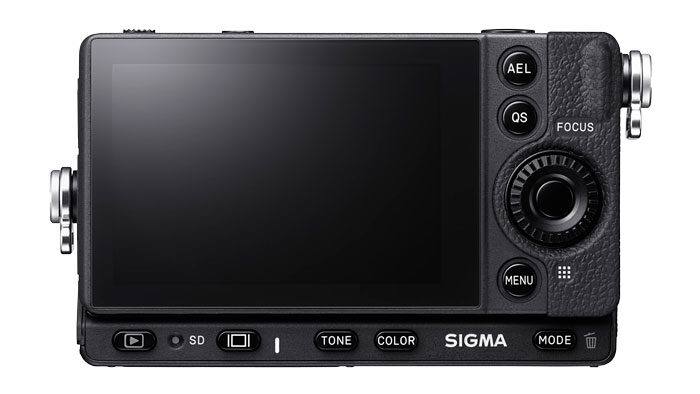
There is no protruding front grip on the camera, unlike all the other models on the mirrorless market, but Sigma will offer two optional hand grips (HG-11 and HG-21). No word about a battery grip, an accessory that is available for Sony, Canon, BlackMagic and Panasonic (Nikon is working on one for the Z series as well).
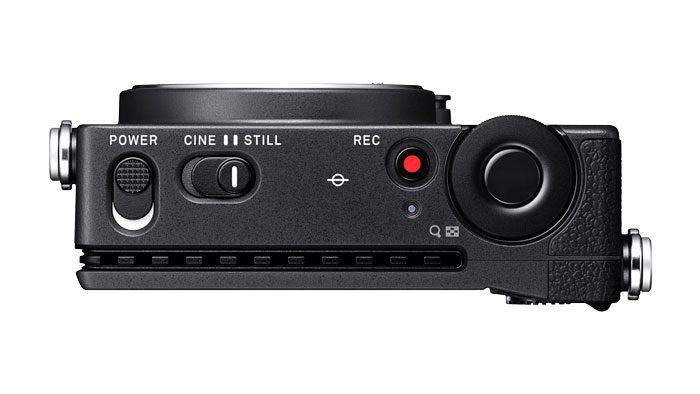
Unlike all its competitors, the FP doesn’t have a hot-shoe built-in on top but Sigma will provide a hot-shoe unit called HU-11 in the box. The BMPCC also lacks a hot-shoe but being a video product, it often ends up being rigged with cages and similar third party accessories. The FP will certainly suit this kind of solution as well.
A final curiosity concerns the strap lugs. Detaching them reveals a 1/4″ thread to which you can attach a tripod plate if you intend to use the camera vertically. It’s the first time I’ve seen an idea like this implemented on a camera.
2. Viewfinder and rear screen
To keep the camera as compact as possible, Sigma has removed all the non-essential parts and that includes a built-in viewfinder. The FP is the first full frame mirrorless camera without an EVF.
There is no information about an external option, but you can attach the LVF-11 loop to the rear LCD. It has a 2.5x magnification and transforms the rear screen in a large EVF. Note that similar accessories can be found for other cameras from third party manufactures.
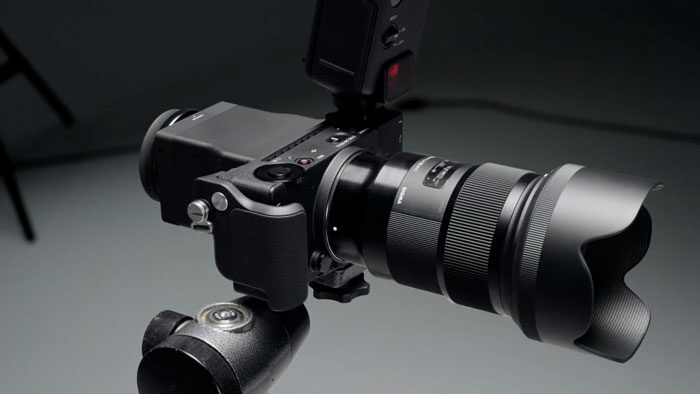
Speaking of the LCD, the rear display is 3.15-in wide and has a resolution of 2.1 million dots. It is touch sensitive but there’s no tilting mechanism, which makes the FP the second full frame camera after the Leica SL to have a fixed display.
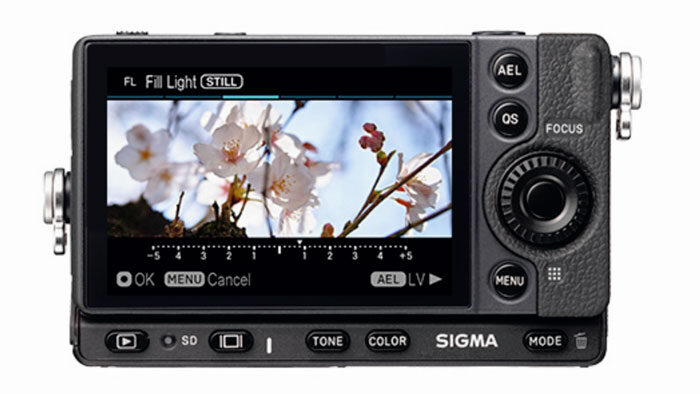
Models such as the EOS R and EOS RP have a multi-angle mechanism and can be rotated 180˚, the S1 and S1R LCD move on three axes whereas most other models have the classic two way (up and down) solution.
3. Sensor
The Sigma FP features a 35mm format Bayer sensor with 24.6MP. This resolution is also found on the Sony A7 III (24.2), Panasonic S1 (24.2), Nikon Z6 (24.5) and Leica SL (24).
There is no low pass filter to maximise sharpness like the Lumix S1, and the sensor is back-illuminated (BSI structure) like the A7 III and Z6.
This is Sigma’s first Bayer sensor. The company is already well-known for its Foveon technology where the sensor has three layers of pixels (one for each RGB colour).
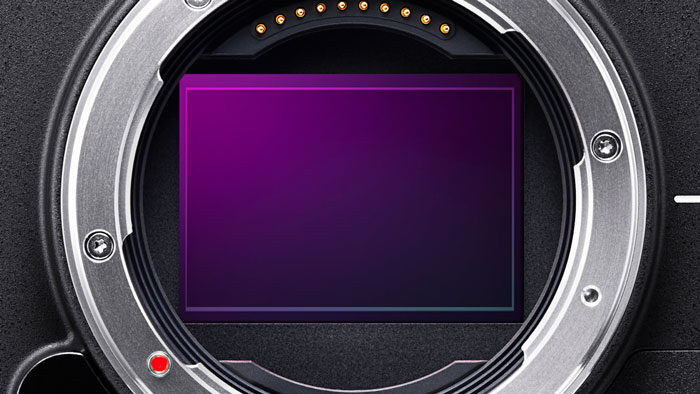
Other products such as the Nikon Z7, Panasonic S1R and Sony A7R III offer more resolution between 42MP and 47MP. The recent A7R IV goes even higher at 61 megapixel.
I’ve already mentioned the Black Magic Cinema Camera 4K, which unlike the FP, uses a smaller micro four thirds sensor.
The Sigma FP’s normal range goes from ISO 100 to ISO 25600. The extended values are quite surprising on the low end, going down to ISO 6. The high values extend to 102400 ISO.
I don’t know of any other camera capable of going as low as ISO 6. I believe the closest is the Nikon Z7 with an ISO 32 value.
If these extended low ISO values are available for video as well, it would be a very interesting alternative to the use of an ND filter when shooting in broad daylight. You’d be able to maintain an optimal shutter speed and have more flexibility with the aperture.
Finally, whereas all the other models use proprietary RAW files, the FP relies on the DNG (Digital Negative) format which is also used by Leica cameras. RAW can be recorded in 12 or 14-bit with different compression levels.
4. Shutter
In my article about the evolution of the electronic shutter, I explain why I think that future cameras will ditch the mechanical curtains completely. Well the Sigma FP is the first to do so. There is no mechanical shutter, just an electronic one.
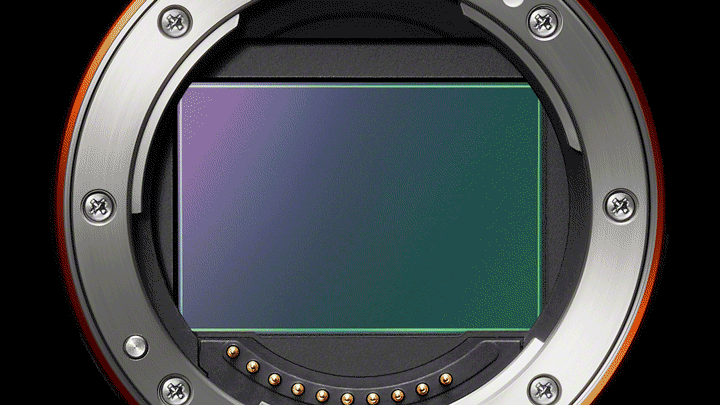
It’s not a global shutter, so the pixels are read from top to bottom rather than all at the same time. This means that there can be rolling shutter issues (distortion, banding) but if the sensor readout is very fast, this problem will hopefully only show up in extreme situations.
The maximum speed is 1/8,000 which matches most other cameras. However the Sony A9 can go as fast as 1/32000s with the electronic shutter thanks to its stacked sensor technology.
The electronic shutter limits the use of flash since the maximum sync is set at 1/30s (1/15s when shooting 14bit RAW). Other cameras go up to around 1/200s or 1/250s with the option of using high speed sync with compatible flashes.
Ditching the mechanical curtains makes the design of the camera simpler and this is certainly one reason Sigma decided to go down this route. Another explanation is that the FP is very video oriented, and camcorders / cinema cameras (like the BMPCC 4K) don’t have a mechanical shutter since they don’t deal with still photography.
5. Image stabilisation
The Sigma FP doesn’t have any sort of physical sensor shift technology, unlike competitors such as Sony, Nikon and Panasonic (5-axis stabilisation).
It has an electronic image stabilisation function however that works for stills and video. The camera takes three frames, compares them and creates a composite with minimum blur. It will be interesting to see how this works but I’m assuming it could struggle with fast movements.
Electronic stabilisation is available on other cameras such as the Z6 and Z7, EOS R and EOS RP, S1 and S1R and is used for video. The field of view is cropped a little.
The Blackmagic Pocket Cinema Camera doesn’t offer any internal stabilisation options.
6. Autofocus and burst speed
The FP uses a contrast detection AF system with 49 points and includes features such as face and eye priority. The minimum sensitivity is -5Ev (f1.4).
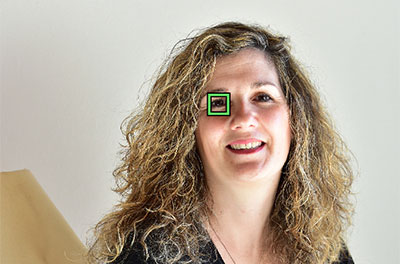
We have yet to see how fast and accurate this AF system is. Contrast detection can be effective in low light but usually struggles more with high contrast or fast moving subjects. Panasonic has taken this solution to the next level with its proprietary DfD technology, but we still find phase detection (A7 series, Z series, EOS R series) more effective for genres such as sports and birds in flight.
The FP can shoot as fast as 18fps which is better than most of its competitors (except the A9 that goes up to 20fps), but the buffer seems very limited at just 12 frames.
7. RAW Video
I’ve teased the Sigma FP’s interesting video capabilities in the previous paragraphs and by far the most impressive specification is the possibility to record in RAW format internally.
The small camera can do 4K at 24fps in 12-bit Cinema DNG, or up to 30p in 10-bit or 8-bit. A mov./h.264 option is also available and you can choose between GOP or ALL-I compression.
These specs put the camera close to the Blackmagic pocket camera that I’ve mentioned throughout this article. The pocket can record in 4K and DCI 4K up to 60fps, or 1080p up to 60fps. You can choose between Prores and Blackmagic RAW format with different compression options.
So far, there are no other mirrorless cameras capable of recording RAW internally. The closest are the Nikon Z6 and Z7 which will receive a firmware update later this year to enable this format via the HDMI port using the Atoms Ninja V. All other cameras record in H264 8-bit 4:2:0 internally with the exception of the S1 that is capable of 10-bit 4:2:2.
Sigma claims a dynamic range of 12.5 stops when recording in Cinema DNG 12-bit. These specifications don’t look that impressive next to cameras such as the A7S II which claims 14 stops of latitude when recording with the S-Log3 profile. The BMPCC 4K has 13 stops.
In Full HD, the FP can record as fast as 120fps, a specification found on many other models excluding the S1 and S1R which can go up to 180fps.
8. Video functions
In addition to recording RAW, the FP has other interesting functions that are video related.
One is called HDR shooting. It takes two frames of different exposures (3 in still mode) and merges them to create more dynamic range. A similar option is found on the Canon EOS R and I suspect it will work best with static subjects.
Another option is called Director’s viewfinder which simulates the different aspect ratios used by professional cinema cameras such as Arri, Sony Venice and Red.
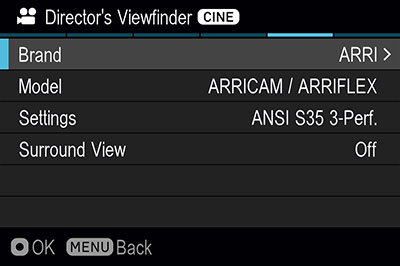
Another interesting option is video recording on an SSD drive connected to the USB port. The Black Magic Pocket Camera 4K can do that as well.
The FP can also be used as a USB webcam without the need for an optional graphics card.
Other settings include shutter angle, waveform display and zebra patterns. The shutter angle option is a welcome feature for filmmakers and is only found elsewhere on Panasonic cameras.
Finally, there is a 3.5mm input for microphones but no headphone output. Most other full frame mirrorless have both. The BMPCC is the one with the best connection for filmmakers including a full size HDMI port and a mini XLR port with Phantom Power.
9. Cinemagraph
I believe this is the first time such a feature has been built into a camera, although if my memory serves me well, Sony used to have a dedicated app for this in the Playmemories store.
Cinemagraph is a gif file that merges movement with still images in the same frame.
10. Mount
It’s no surprise to see the FP camera using the L-mount since Sigma joined an alliance with Leica and Panasonic last year. The mount is the same found on the S1 / S1R as well as the Leica SL and TL (APS-C).
Sigma has started to design lenses specifically for mirrorless cameras but is making many of its Art primes available to L-mount users. Panasonic is developing its own lenses and there is also the entire Leica SL catalogue (if you can afford it!).
No other brand is sharing lens mounts on the full frame mirrorless market.
Conclusion
The Sigma FP is an interesting addition to a fast growing full frame mirrorless segment. Although it provides a still mode, I can help but feel that it has been primarily designed for video makers.
Its small size can certainly be useful for drone photography, and the same is valid for aerial video footage. The possibility to record CinemaDNG internally is a more attractive proposition than any of the features for stills.
The price will play an important role in its success but knowing Sigma, I would expect it to be quite competitive. I’m looking forward to finding out more about it!
